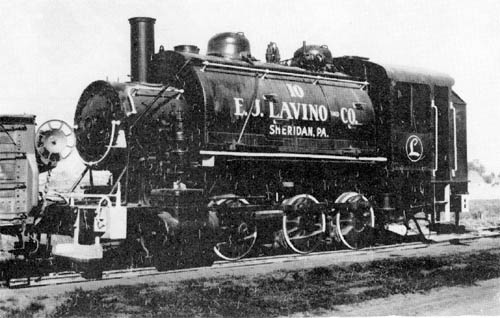R-45-2

subject of many discussions right up to this day. A field trip on September 24, 1961, only turned up one suitable site in the area.
The course of events moved rather slowly in the museum's early years. The first San Diego County Railway Museum constitution was accepted by the members on February 10, 1963. Among other things, the constitution called for a minimum of six meetings yearly and two dollars in annual dues for members.
A new name for the museum �� The Pacific Southwest Railway Museum Association�was adopted on November 17, 1963. The name was changed to provide a broader base for museum interest, increased participation, and added contributions. Members also agreed that there was a need for a more distinctive name tag.
The articles of incorporation were filed with the State of California on January 15, 1964. The papers were signed on December 20, 1963, by Eric Sanders, Wallace Duthie, Charles Gerdes, Al Diamond and Walter Hayward. The next step was to obtain Federal Tax Exemption, which was accomplished mainly through the effort of Stanton Kerr. PSRMA became tax-exempt in April, 1966. As we were a non-profit organization, relying on contributions for our survival, this was most important. It has been one of the reasons that we have become the museum on the way to bigger things.
The museum has operated a number of excursions over the years. The first, operated by SDCRM, was on March 3, 1963. At that time members and other interested persons visited and rode on some of the last trolleys to be operated by the Los Angeles Metropolitan Transit Authority.
The first passenger train to operate out of Santa Fe's National City station since 1935! It was a PSRMA excursion on May 16, 1964. The train ran to Fallbrook for the annual Avocado Festival. On the return leg, the train stopped at Camp Del Mar, where passengers took in the Armed Forces Day demonstrations. The trip was repeated in other years, too, but has been dropped during the last couple of years because of the financial loss involved in its operation.
Several successful excursions were operated by the museum on the Sonora-Baja California Railroad. These rail trips were popular and were operated almost entirely in Baja California, Mexico. Many persons had a pleasant time on the trips which ran out of Mexicali to Puerto Penasco and return.
PSRMA received one of its first equipment donations in 1965. Although it was a smaller item, it is one that is fast becoming a thing of the past. The item? A wig-wag that once protected the crossing at "F" Street and Broadway in Chula Vista, California.
The first rolling stock to be acquired by the museum was a 12-passenger Fairmont rail-bus. The rail-bus, which was formerly Santa Maria Valley Railroad Number 9, was donated by Sam Berkowitz of Santa Maria. Now, nearly restored, the Fairmont is stored at Lakeside, California. Much work has gone into the restoration of the bus. Its motor has been rebuilt, body reconditioned, and a new roof fabricated by museum members.
In late 1965, things were very bright and looking up. Terry Durkin had located a small American-Standard type locomotive for sale at about $2400.00. The locomotive was built in 1887, and was still in service on the Ferrocarril Unidos de Yucatan (United Railways of Yucatan). At about the same time Stanton Kerr, Walter Hayward, Charles Gerdes, Louis Nigro and Richard Pennick were negotiating for a long term lease on some land in the Otay Valley. Much to everyone's disappointment the locomotive went to a Mexican musuem and the land deal did not materialize.
| BACK | HOME | EXCURSIONS | GALLERY | FAQ | HISTORY | STORIES | SOUNDS | LINKS |